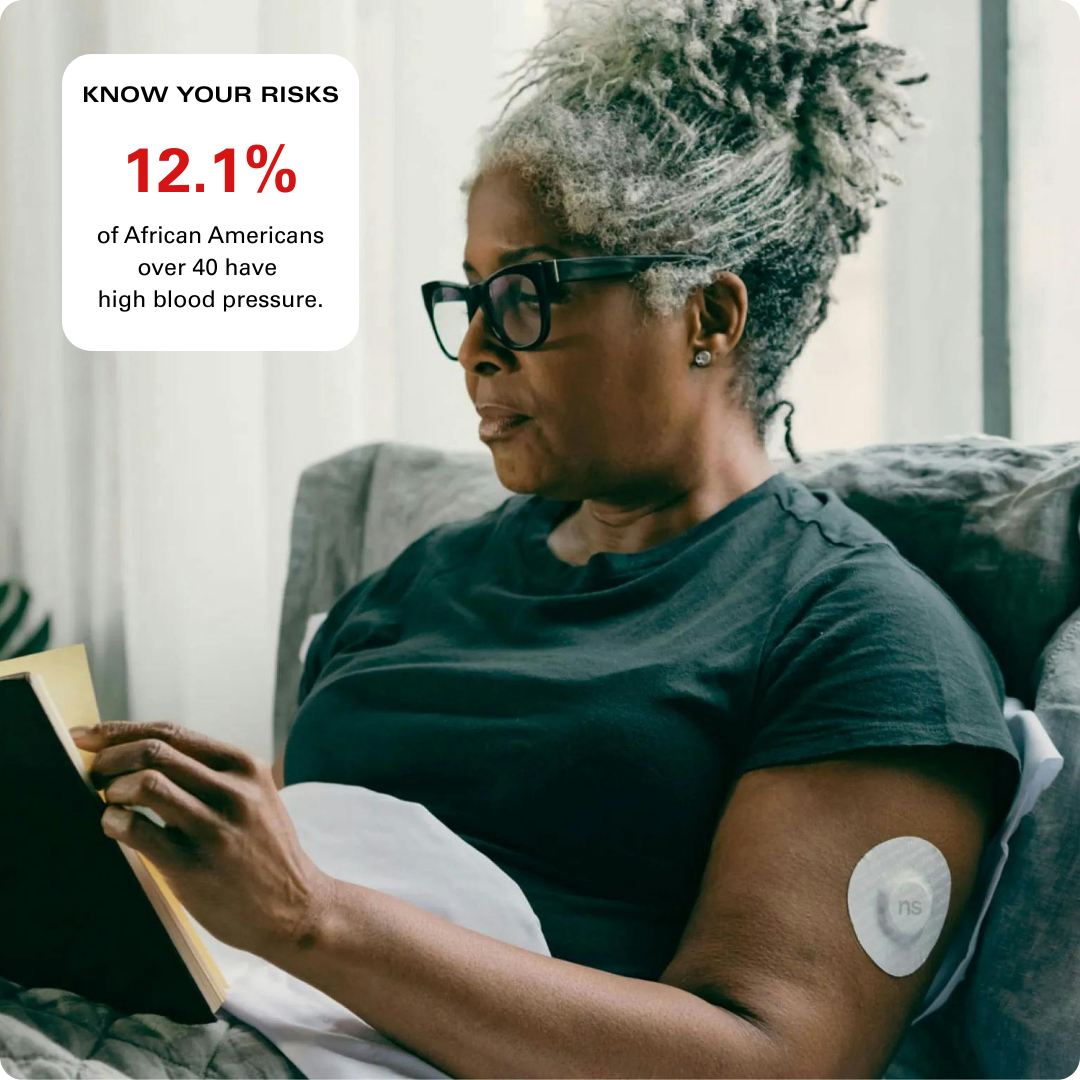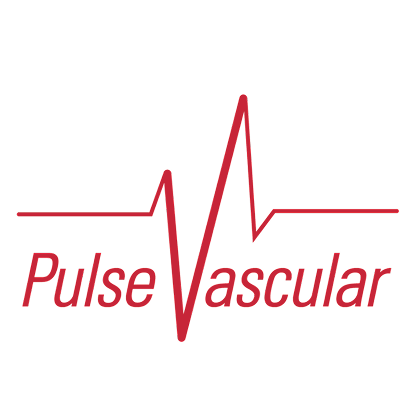
Studies show that the African American population has a significantly higher prevalence of peripheral arterial disease (PAD) compared to other ethnic groups. Some studies reveal their risk is 2 to 3 times that of other ethnic groups with nearly 1 in 3 African Americans developing PAD.
African Americans may be less aware of PAD and its risk factors which can adversely affect their outcome because of delay in seeking timely treatment. This leads to poor outcomes and a higher rate of amputations.
African Americans are more sensitive to the typical risk factors for PAD including:
- Hypertension
- Diabetes
- Age over 50
- History of smoking
- Renal failure
The Risk is about equal for both African American men and women.

Causes of PAD:
Cholesterol plaque in arteries is the main cause of reduced flow to the lower extremities. Over time the plaque builds up and the capacity of the blood vessels to deliver oxygen to the lower extremities becomes reduced. This can result in symptoms such as cramping pain when walking or even pain at rest. Hair loss and toenail thickening are common. Feet tend to feel cold most of the time.
As an African American patient how do I know if I have PAD?
Typical signs for African Americans are the same as for non-African Americans and include:
-
Discoloration on legs, feet or toes
-
Thickened toenails
-
Loss of leg hair
-
Change in leg temperature
-
Leg cramps when walking
-
Leg pain at rest
-
Slow healing of wounds on legs or feet
If a patient has any of these findings they should seek immediate medical attention by professionals who deal with PAD like the professionals at Pulse Vascular. Pulse vascular has the latest technology and highly skilled physicians to evaluate and correct PAD before tissue loss occurs.

What simple tests can I do at home to see if I have PAD?
While there are no definitive tests that you can do at home you can identify symptoms such as, discoloration or coolness of the lower extremity, poor wound healing, hair loss, cramping pain when walking or pain at rest. Any questions about peripheral arterial disease should be addressed by a vascular specialist. Sophisticated noninvasive Doppler testing done in the office will provide definitive assessment of the circulatory status.
What can I do to prevent PAD?
Even before the diagnosis of PAD is made, patient should address hypertension, diabetes, renal failure, diet, lifestyle and family history. If your parents, aunts or uncles have had cardiovascular problems, you should consider an evaluation. Naturally control of hypertension, secession of smoking, healthy diet and attention to renal function are also key to preventing bad outcomes in patients who have PAD. Here at Pulse Vascular we are equipped to evaluate your status and provide guidelines to prevent progression.

Lifestyle changes to prevent or reduce PAD
-
Quit smoking.
-
Monitor and control cholesterol, diet and medications are the mainstay.
-
Monitor and control blood pressure.
-
Regular exercise, three hours of moderate intensity aerobic activity per week including walking, running, cycling or swimming has been shown to improve patients with PAD and prevent progression of symptoms.
-
Monitor and control blood sugar.
-
Take B vitamins and address your nutrition.

What can be done to treat PAD?
Once the diagnosis of PAD is made, treatment should be focused on preventing progression by medication and lifestyle changes. Once the patient has symptoms which are preventing normal activities, causing pain at rest or preventing wounds from healing, intervention will be necessary to open the pathways for more blood flow. At Pulse Vascular this can be done with minimally invasive techniques which can clean out the arteries and provide needed blood flow to the lower extremities. This is designed to prevent tissue loss. The professionals at Pulse Vascular can evaluate and recommend treatment before it becomes a problem requiring surgical intervention such as bypass surgery.
